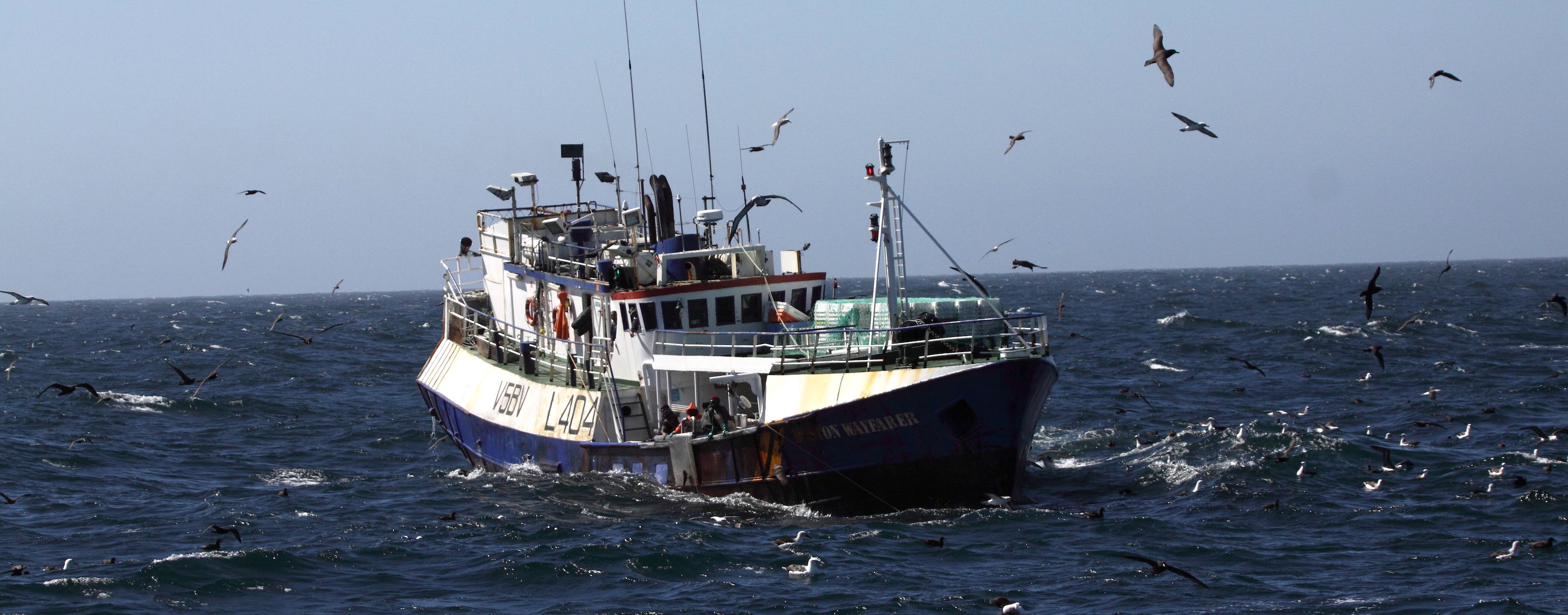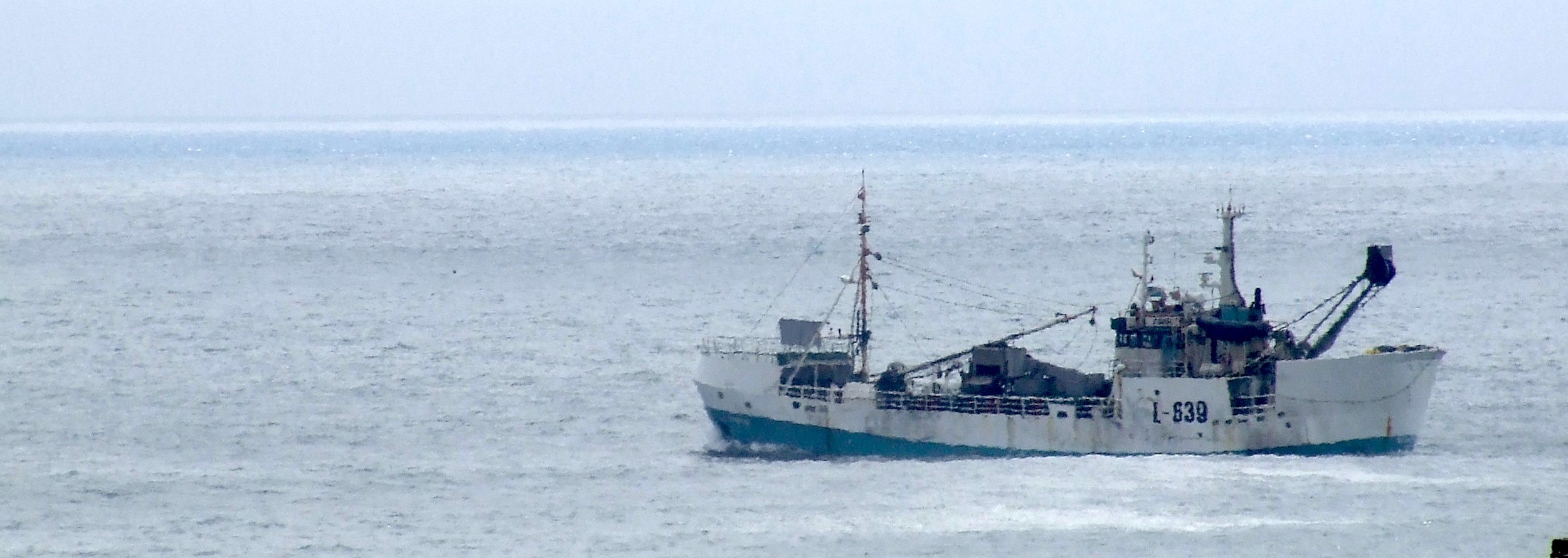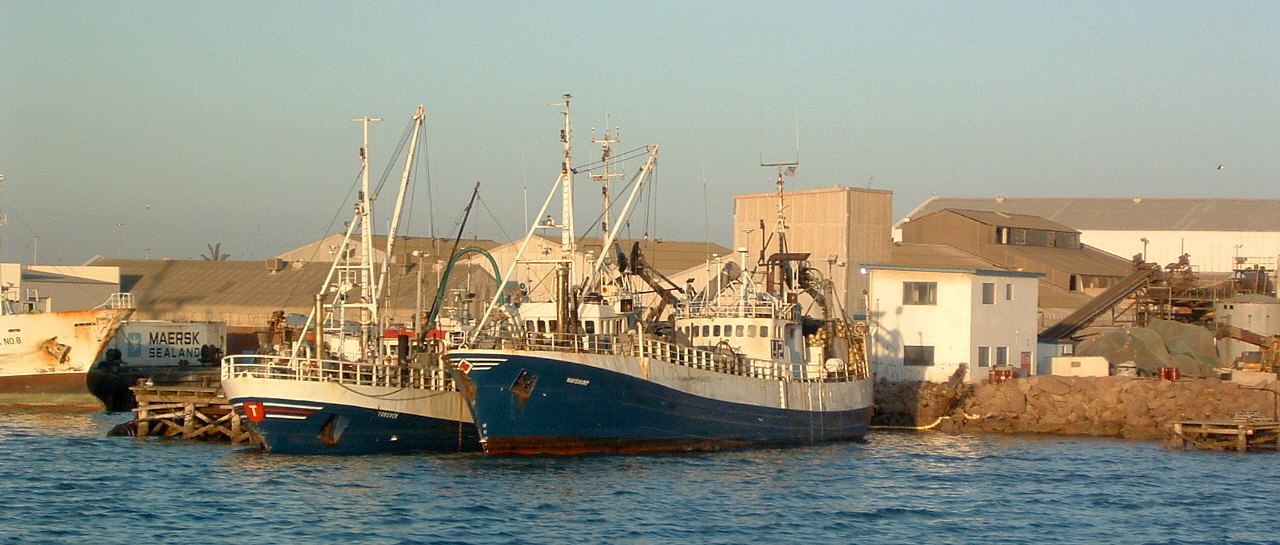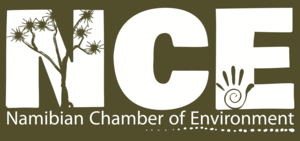

Have We Learned Anything from Fishrot?
21st March 2022
The Fishrot scandal, resulting in two ministers, the CEO of a state-owned enterprise, the MD of a prominent investment firm and two associated businessmen now under lock and key at tax-payers expense, tells us far more than that some prominent individuals were profoundly corrupt and self-serving. It tells us that governance systems failed in the Ministry of Fisheries and Marine Resources (MFMR), and indeed across other components of government. While some individuals have been replaced by others - whom we hope will have better moral compasses - national governance systems should never rely on hope. Despite the huge red flag raised by the Fishrot saga, no governance systems have been changed or strengthened.
The Fishrot saga of corruption and theft amounts to marine economic sabotage, with thousands of lost jobs and tens of thousands of people negatively impacted by the greed of a few. What is less well known, however, is the catastrophic mismanagement of some of Namibia's most important fish resources that play a pivotal role in both the national economy and the marine ecosystem.
The sardine biomass off the Namibian coast collapsed from about 11 million tons in 1964 to 0.05 million tons today, a decline of more than 99.5%. In 1991, a year after Namibia's independence, the sardine population was estimated at about 700,000 tons. The decline from then to now is 93%, despite post-independent Namibia having regulatory control of the marine sector over this period. To all intents and purposes, the sardine are gone. With the sardine population effectively fished out of the marine ecosystem, its place is taken by species of much lower nutritional value such as bearded goby, and by largely unpalatable species such as jellyfish.
Sardines are a particularly important species. They provide the main high-energy pathway from plankton to much of the biodiversity of the marine ecosystem – larger fishes, birds and mammals. Such pivotal species are termed keystone species
– species that are critical to the survival of other species and that help hold the marine ecosystem together.
An example of the inter-dependence of marine species can be seen in three seabird species that have closely tracked the downward trajectory of sardines. All three species are endemic to southern Africa (which means they occur nowhere else on earth), and all are classified as either Endangered
or Critically Endangered
under IUCN (International Union for the Conservation of Nature) criteria. From 1956 to present, the Cape Gannet population declined by over 94%, and African penguins declined by over 85%. Similarly, the Cape cormorant population has declined by 65% since 1978. All of these declines started pre-independence but have only accelerated since.
Overfishing, and thus mismanagement of the fisheries sector, is the cause of the sardine collapse and the subsequent collapse of other marine biodiversity dependent on sardines. Before Namibia's independence there were inadequate control mechanisms to deal with foreign fishing fleets coming into what is now Namibian waters. Since independence, Namibia has had control of its marine resources. But, in the case of sardines, it has managed them catastrophically badly.

Why has Namibia performed so badly in managing its pelagic fish resources?
There are several key interlinked reasons, all related to systemic governance failures - the same governance failures that allowed Fishrot to happen. First, the institutional mechanisms of the MFMR are inappropriate to ensure sustainable practices. The Sea Fishery Advisory Council is dominated by the fishing industry. There is inadequate representation by fisheries scientists and by outside bodies such as non-governmental organisations (NGOs) to ensure proper information, transparency and accountability. As a result, the fishing industry is granted quotas that provide unreasonable short-term benefits and profits at the expense of long-term production, sustainability and the health of the entire marine ecosystem.
Second, the MFMR is secretive and opaque. The recommendations of the Advisory Council are not made public, nor is the rationale for the final quota decisions of the minister. No timely information on resource biomass, as determined by fisheries scientists, is placed in the public domain. There is no good reason this information, pertaining to national assets, should not be made public.
Third, there is no external peer-review process for scientific results and management practices. When a former minister with no fisheries, marine or related expertise was pushed to explain why he issued quotas for pilchards despite the stock having totally collapsed, and against the advice of his scientists, he confessed that it was a gut feel that the pilchards had gone further out to sea
. That epitomises the sort of decision making, and the flawed institutional mechanisms that allows such decisions to be made within MFMR. Incompetent individuals with far too much power, enveloped in a cloak of secrecy, making decisions on critical national resources with no accountability.
The above set of conditions led to a mafia type of situation in the MFMR and with outside cronies, a sense of marine ownership
and the corruption that is now on the front pages, daily and weekly, in the Namibian newspapers. The situation of Namibia's sardines (pilchards) provides such stark proof of failure that one should ask why a commission of enquiry has not been set up to examine the entire management of the marine ecosystem, to determine accountability and develop new institutional mechanisms.

What reforms are needed within the MFMR to restore good governance, secure optimal sustainable benefits from the marine ecosystem and to win back the public trust in the sector?
The MFMR should not be the sole de facto custodian of the coastal and marine ecosystem. It is not the only user, it has clearly shown its incompetence and a criminal lack of interest and commitment to ensuring the wellbeing of the broader biodiversity of the coastal and marine ecosystem. A Coastal and Marine Sustainability Council (CMSC) should be established under an independent chairperson, comprising relevant government agencies, private sector, academia and non-governmental organisations (NGOs). This body should oversee the management of the coastal and marine sector, with the necessary authority to obtain timely data and information, and pre-review all critical processes and decisions affecting the sustainability of the ecosystem.
The composition of the Sea Fishery Advisory Council should be revised to reduce the voice of the industry and strengthen that of fisheries scientists and NGOs who represent the interests of long-term sustainability. Information on fish stocks and other key biodiversity indicators and trends should be transparent and in the public domain in as close to real time as possible. Recommendations on quotas from fisheries scientists and the Advisory Council, and decisions on quotas should be in the public domain. An external peer-review system should be implemented before decisions are made. Where decisions deviate from the scientists' recommendations, the rationale should be provided. Such transparency is essential for good governance and accountability.
Fish stocks are national assets. Their sustainable utilisation should be for the benefit of the entire nation, and for nation-building. In the past, quotas have been given to individuals, private groups, regional councils, and traditional authorities with no links to fishing, no fishing equipment or fisheries expertise. These middlemen sell the quota on to others and add no value to the process. Individual beneficiaries are selected in a secretive, unaccountable way, often favouring people already with respectable incomes in prominent positions. Although quotas granted to councils and traditional authorities are purportedly allocated to further government objectives
, there is no proper accounting, auditing, and transparency in the whole process. As such it violates governance good practice, and the intended beneficiaries are poorly served. In some cases, there is clear corruption and theft by individuals.
Therefore, all future quotas should be allocated in an open, transparent, publicly accountable and competitive basis, to pre-screened fishing companies that have the capacity (including expertise and equipment) to fulfil the quotas, have no previous violations of fisheries legislation or any other evidence of corruption, and who are prepared to land and process their catches onshore in Namibia. In this way, fish stocks in Namibian waters can be used in a sustainable, optimal, transparent and accountable manner. The income can then be allocated to projects that further government objectives
following normal budgetary practices via the Ministry of Finance so that it is transparent to the entire nation and properly audited and accounted for.
Fishing activities should be subject to environmental assessment as are other sectors. Several fishing activities are known to cause significant environmental damage such as long-lining (catching thousands of endangered albatrosses, gannets and petrels) and bottom trawling, causing significant damage to the seabed and benthic fauna. These activities could be addressed by means of strategic environmental assessments (SEAs), resulting in clear and enforceable best practices and guidelines for the industry, to be applied by every company and every fishing vessel. Violations would jeopardise their fishing quota.
We need to see a total reform of the way that the marine ecosystem and marine fisheries in Namibia is managed. The above recommendations, or similar actions that deliver the same outcomes, are essential if the MFMR and the management of the coastal and marine ecosystem is to be bought back on track in terms of its economic and ecological roles in Namibia's development. The development of the Blue Economy Policy and its implementation, together with Marine Spatial Planning (MSP), would now fall under the Coastal and Marine Sustainability Council, which should be chaired by an independent person, such as a retired judge.
If government does not start a process of reforming the current governance systems to make them open, transparent and accountable, with all necessary urgency, then one is left with little option but to assume that these weak, opaque governance systems are being deliberately retained to facilitate mismanagement, state capture and corruption.
If you enjoyed this article, then you might also like:
Why the Namibian moratorium on sardine fishing must continueConversations in the Cacophony
Getting to know Namibia's new marine visitor: Eight things you didn't know about Green Sea Turtles
For articles on similar topics, please click one of the following options:

The Namibian Chamber of Environment (NCE) is an umbrella Association that provides a forum and mouthpiece for the broader environment sector, that can lobby with government and other parties, that can raise funds for its members and that can represent the sector.
www.n-c-e.orgThe Namibian Chamber of Environment (NCE) is an umbrella Association that provides a forum and mouthpiece for the broader environment sector, that can lobby with government and other parties, that can raise funds for its members and that can represent the sector.
www.n-c-e.org
Dr. Chris Brown, ecologist, and environmental scientist, has over thirty-five years' practical experience in environmental management and administration, strategic planning and development, project and programme design and coordination. Previously he was Head of the Namibia Directorate of Environmental Affairs (DEA) in the Ministry of Environment and Tourism and played a key role in drafting the environmental clauses in the Namibian Constitution. He was the Executive Director of the Namibia Nature Foundation for 12 years. He serves on several boards including that of Namibia's Sustainable Development Advisory Council, and is CEO of the Namibian Chamber of Environment.
Dr. Chris Brown, ecologist, and environmental scientist, has over thirty-five years' practical experience in environmental management and administration, strategic planning and development, project and programme design and coordination. Previously he was Head of the Namibia Directorate of Environmental Affairs (DEA) in the Ministry of Environment and Tourism and played a key role in drafting the environmental clauses in the Namibian Constitution. He was the Executive Director of the Namibia Nature Foundation for 12 years. He serves on several boards including that of Namibia's Sustainable Development Advisory Council, and is CEO of the Namibian Chamber of Environment.